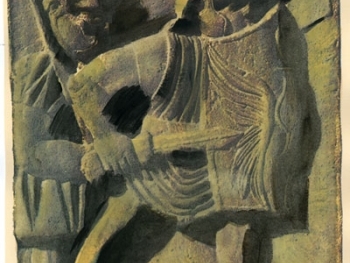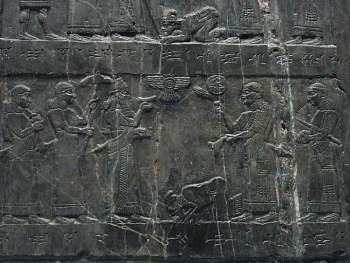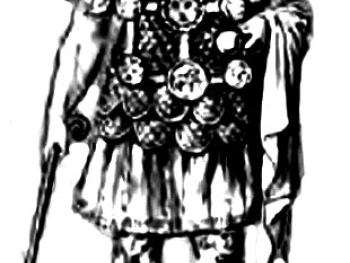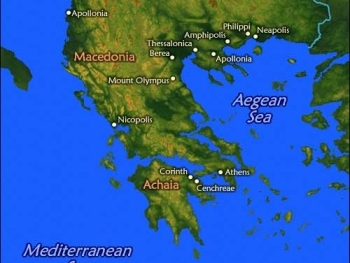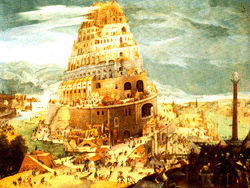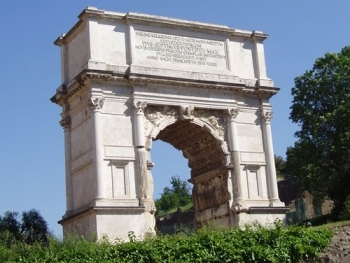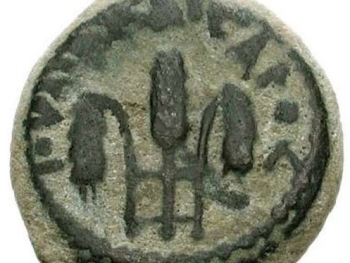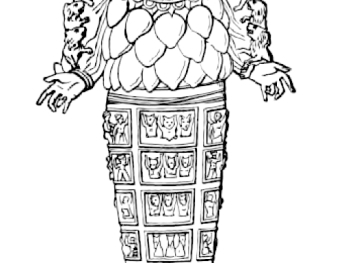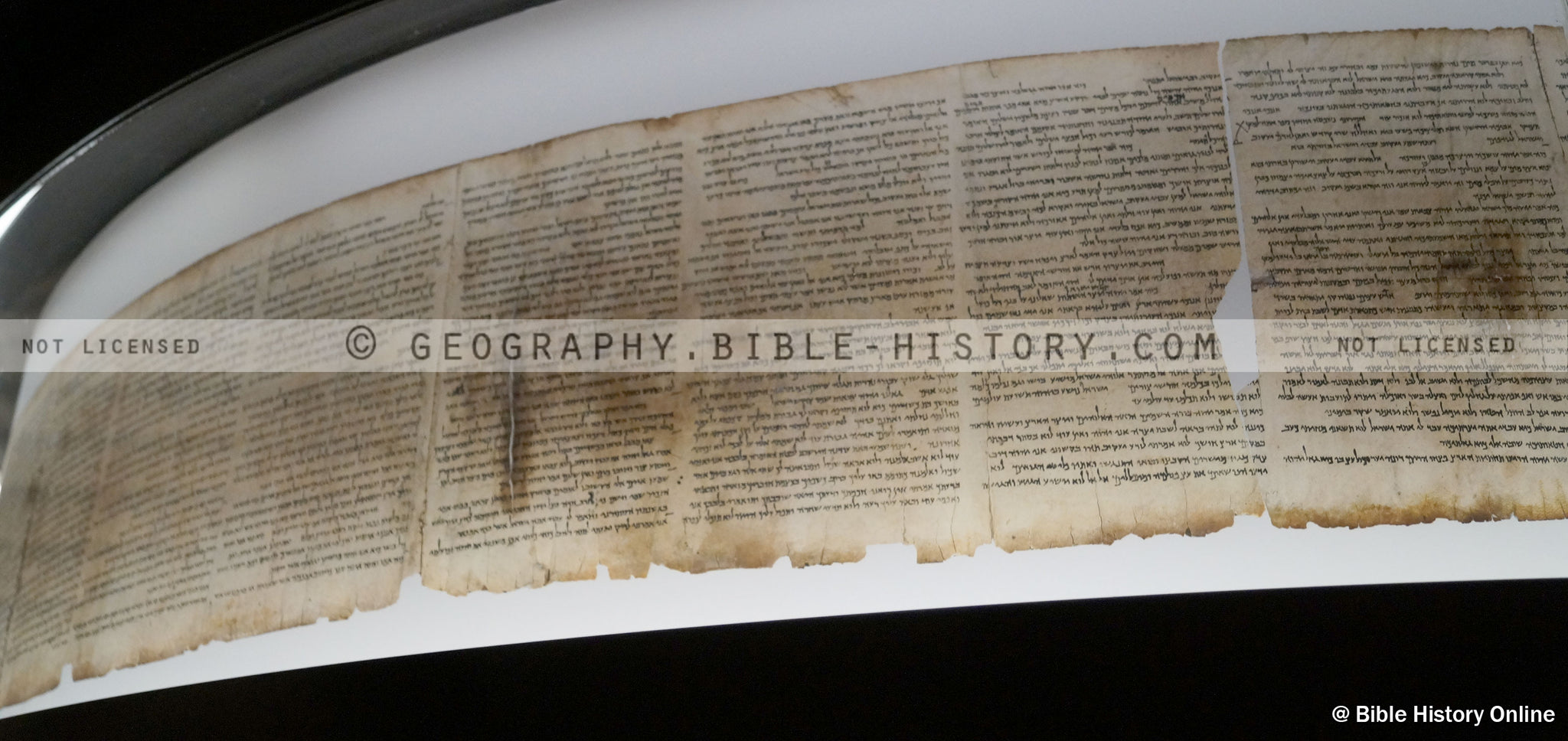
Among the Dead Sea Scrolls discovered in 1947 was found the “Scroll of Isaiah” inside of a clay jar and well preserved, dating to the 2nd century BC. The entire Hebrew text of the prophet Isaiah was found in “perfect” condition. When compared with the oldest biblical manuscript of Isaiah at the time (around 980 AD) it was astonishingly accurate. This is because of the arduous process of scribal transmission and the numbering of letters and words. Old Testament scholars are unanimous that the Scroll of Isaiah is “word for word identical” with the modern Hebrew text we have today except for minor variations in spelling. The Scroll of Isaiah was discovered at the city of Qumran in Cave 1 about 7 miles south of the city of Jericho. The discovery of the Scroll of Isaiah revealed that the many prophecies in the Old Testament book of Isaiah regarding Jesus Christ were written before the events actually happened.
Source:
